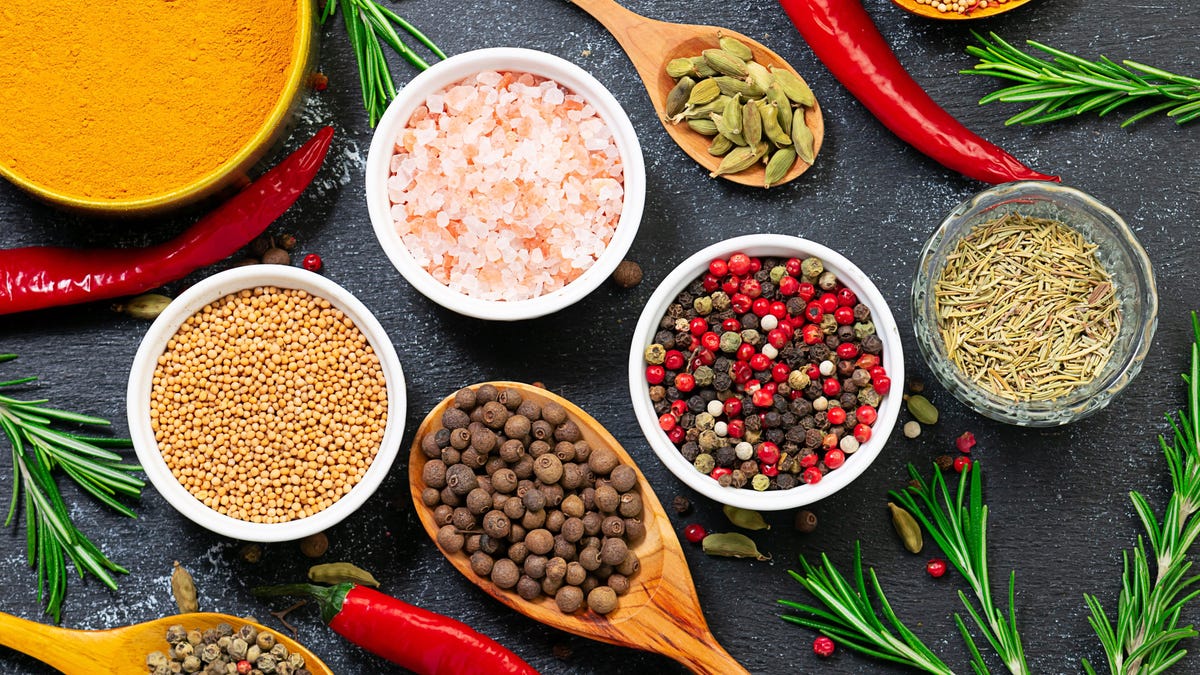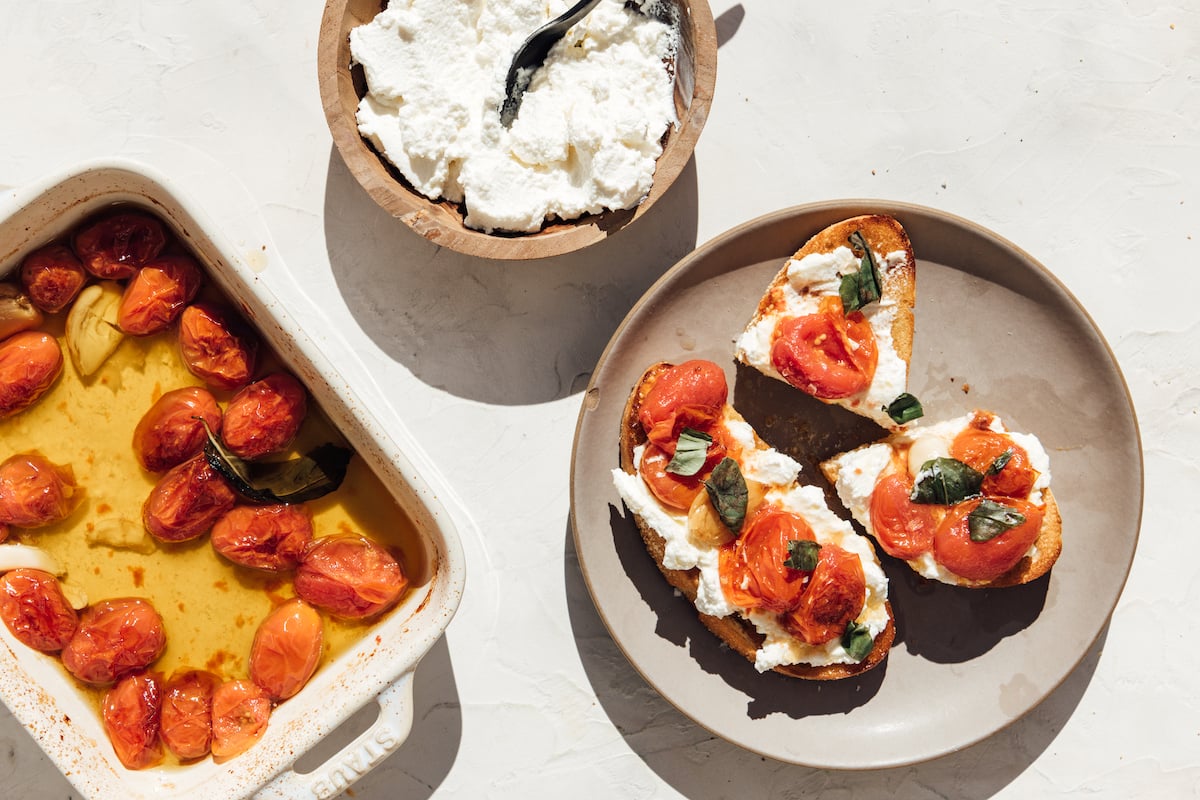A Nutritionist Shares 17 High-Antioxidant Foods to Add to Your Diet, Stat
They're essential for life. The post A Nutritionist Shares 17 High-Antioxidant Foods to Add to Your Diet, Stat appeared first on Camille Styles.

Antioxidants are all the rage, and for good reason. They’re in our skin care and beauty products. They’re on our plates and in our mugs. They’re even alongside our morning coffee. As such a versatile chemical (yes, chemical!), the sky’s the limit. Antioxidants reign supreme. They’re essential for life. Like anti-inflammatory foods, antioxidants have a remarkable ability to take our health to the next level. And who doesn’t want that? Best part is, you don’t have to overcomplicate it. Antioxidants are present in a wide variety of accessible foods: Colorful produce, nuts, whole grains, and even animal protein. Today, we’re focusing on all the best high-antioxidant foods. If you needed an excuse to eat more berries, this is it.
Featured image from our interview with Megan Roup by Michelle Nash.
1 of 7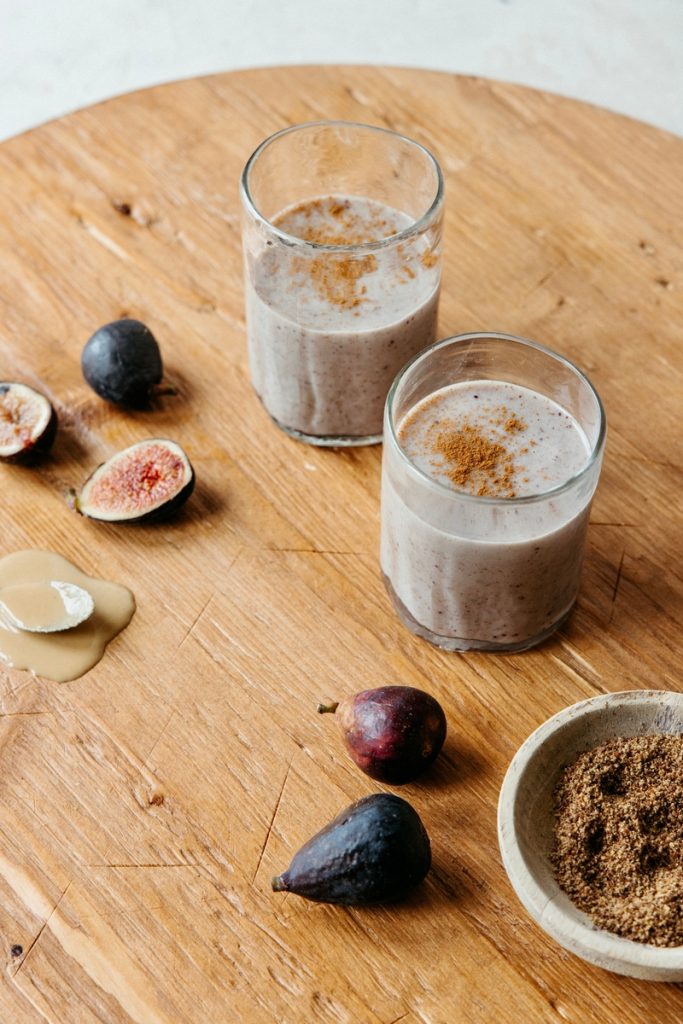

Subscribe
Get the goods.
Gatherings, food, design, wellness, and more—it's the newsletter you'll actually want to read.
Thanks for Signing Up!
Oops!
Looks like you’re already signed up or your email address is invalid.
Oops!
Looks like you unsubscribed before click here to resubscribe.
What is an antioxidant?
Foundational to our wellbeing, antioxidants help prevent—or limit—damage caused by free radicals. The fewer free radicals we have, the better. Research shows that this damage is a factor in the development of various diseases, cancer, and other conditions. In essence, antioxidants protect the body from these harmful molecules.
When cells are exposed to oxidative stress, antioxidants come to the rescue. They slow the wear and tear to cells caused by oxidative stress. They balance free radicals. And when free radicals are unable to cause damage to other cells, our immune system stays that much stronger. Year-round, a strong immune system is key.
How many antioxidants do we need?
It should come as no surprise that we need antioxidants. But, how much is enough? Although the exact amount is debated, for every 1800 calories per day, you should aim for at least 8,000 ORAC units. If you’re eating closer to 2500 calories per day, you want at least 11,000 ORAC units. ORAC stands for Oxygen Radical Absorbance Capacity. It measures the antioxidant capacity of different foods. While strawberries are high in ORAC units, french fries are much lower.
2 of 7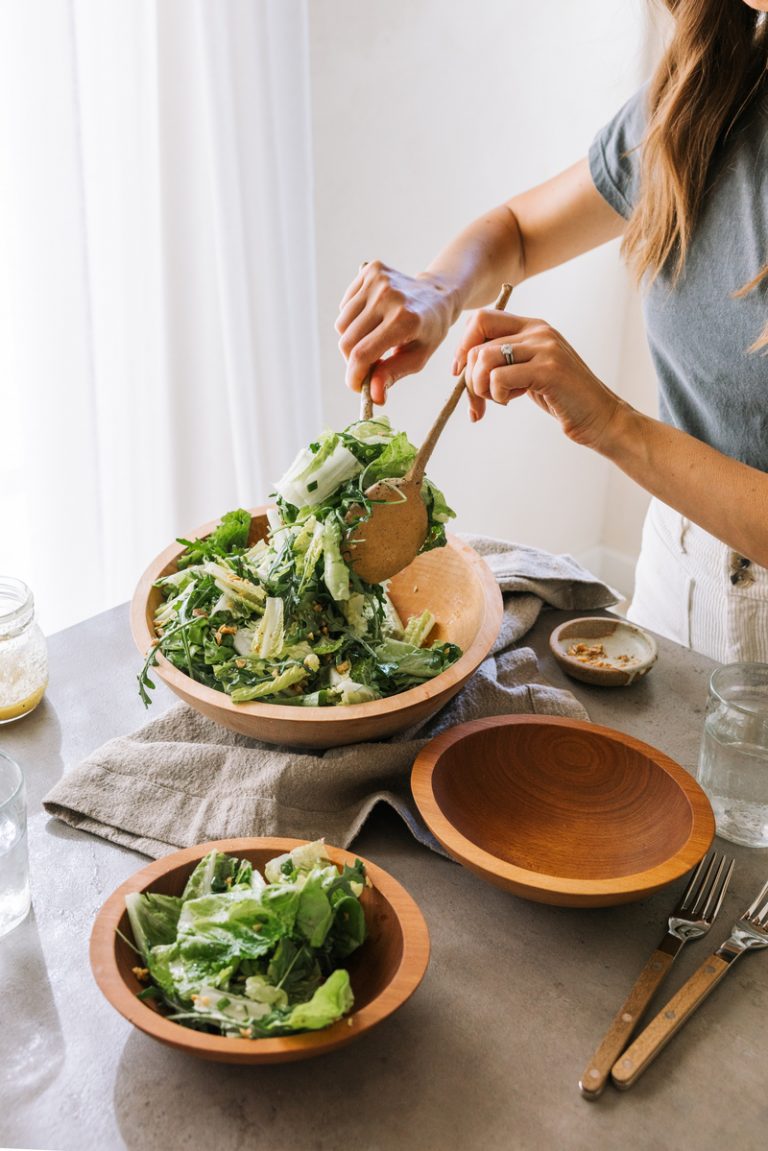
What are the benefits of eating antioxidants?
Although we generate our own antioxidants, we also need to consume them. Our cells naturally produce powerful antioxidants—such as glutathione—but the foods we eat supply other antioxidants like vitamin C and E. Between what the body produces and what nature provides, we get the best of both worlds.
The benefits of eating antioxidants (or fruits high in antioxidants, specifically), speak for themselves. We need them to optimize our wellbeing. Given an antioxidant’s ability to neutralize free radicals, antioxidants boost overall health. Plus, they can potentially ward off certain diseases. Research is underway, but antioxidants might be able to mitigate the risk of developing cancer. Regardless, we do know that consuming foods high in vitamin C, vitamin E, and beta carotene can support the growth of healthy cells.
3 of 7
Do I need to take an antioxidant supplement?
Chat with your doctor, of course, but most people don’t need to take an antioxidant supplement. Antioxidant supplements are commonly considered healthy. However, they can be problematic when taken in excess. They may decrease exercise benefits and increase your risk of certain cancers and birth defects. Generally, it’s much better to get the antioxidants your body needs through a healthy diet.
The Most Important Antioxidants
There are hundreds (possibly, thousands) of different substances that can act as antioxidants. The most familiar are vitamin C, beta carotene, lutein, selenium, and manganese. These come in the form of food and supplements—bell peppers, grapes, oranges, avocados, walnuts, Brazil nuts, etc.
These substances are joined by other well-known compounds in the wellness world. Coenzyme Q10, flavonoids, polyphenols, glutathione, and more. Glutathione, in particular, is the most powerful and important antioxidant our body produces. It’s a combination of three amino acids, tackling aging through the intestines and circulatory system.
4 of 7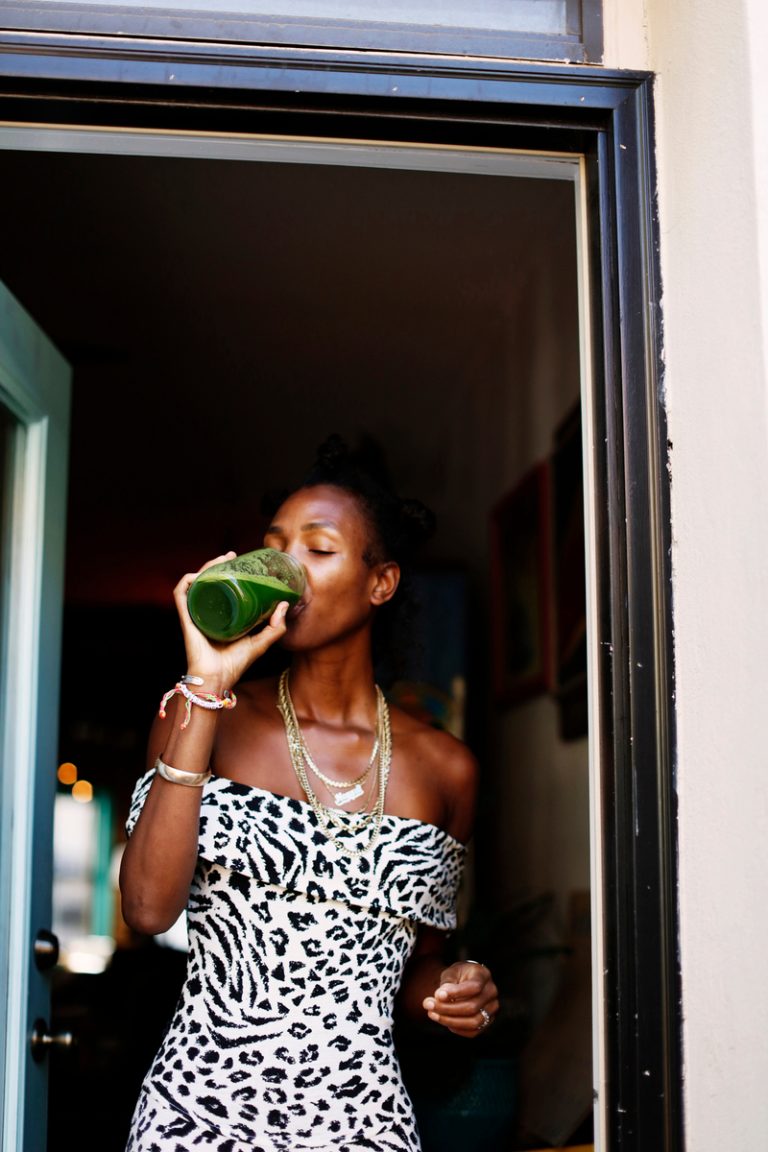
10 Key Antioxidants and Their Food Sources
When you think about building your breakfast, lunch, and dinner, try to choose the rainbow. These colors are all high in antioxidants. Luckily, there are plenty of foods that are high in antioxidants. When possible, buy organic to limit additional exposure to chemicals and pesticides. Making a smoothie for breakfast, a leafy green salad for lunch, and a grain bowl for dinner will certainly include an abundance of antioxidants. Red wine and coffee count, too! In fact, coffee is one of the highest sources of antioxidants in the American diet.
| Resveratrol | Seeded grapes, blueberries, cranberries, peanuts, cocoa |
| Vitamin C | Cruciferous vegetables, citrus fruits, kiwi, mango, papaya, berries, bell peppers |
| Selenium | Bananas, avocado, mango, blueberries, seafood, organ meats, and Brazil nuts |
| Lutein | Kiwi, grapes, tomatoes, oranges, grapefruit, and green leafy vegetables |
| Anthocyanins | Blackcurrants, cherries, berries, grapes, red cabbage, and eggplant |
| Copper | Avocado, organ meats, shellfish, fish, nuts, and seeds |
| Manganese | Pineapple, blueberries, shellfish, oatmeal, black tea, and spinach |
| Zinc | Pomegranate, oysters, mushrooms, avocado, apricots, cantaloupe, and peaches |
| Lycopene | Tomatoes, asparagus, papaya, guacae, watermelon, and grapefruit |
| Isoflavones | Raisins, currants, chickpeas, pistachios, and fava beans |

How much fruit should you eat in a day?
This varies from person to person, and experts seem to have varying opinions as well. This ultimately comes down to your health goals, metabolism, and how you digest fructose. More on that, below. Generally speaking, two servings of fruit per day is optimal.
Given that balancing your blood sugar is important (for everyone!), you want to aim for low-glycemic fruits and/or pair fruit with fat and protein. According to Levels, start with small portions of fruit. That way, you can see how your body reacts. Berries tend to work well for people. Which is great, as berries are one of our favorite high-antioxidant foods. Starchy, high-sugar fruits (bananas and dates) may cause a blood sugar spike. Pair fruit with fat and protein (like nut butters or full-fat plain yogurt) and fiber (chia seeds or flaxseeds). These foods can blunt a blood sugar spike.
6 of 7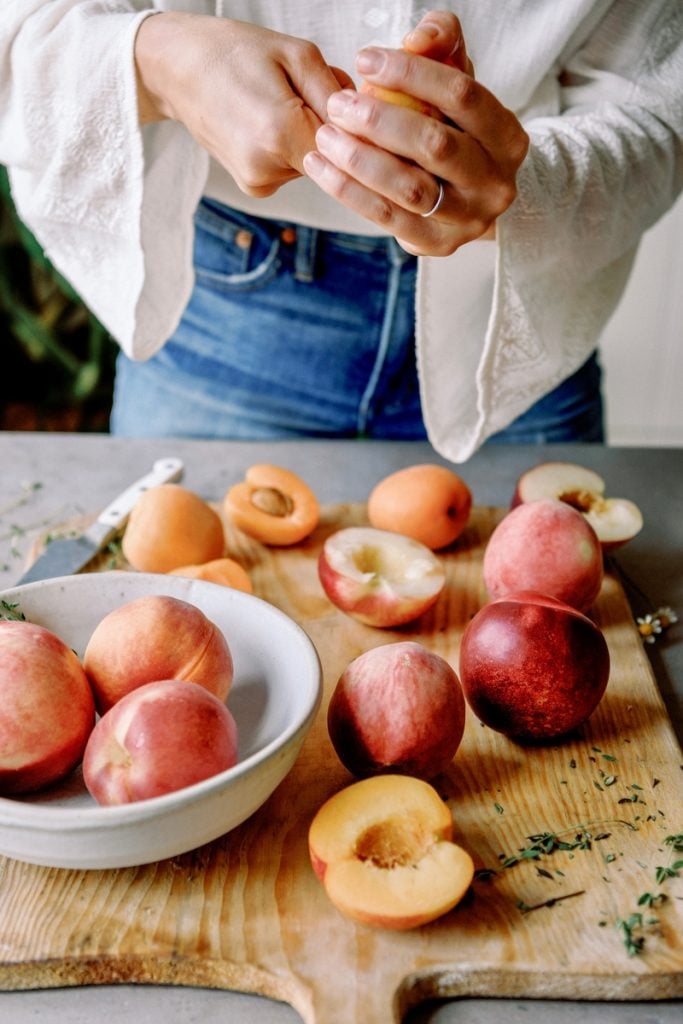
17 High-Antioxidant Foods
There are numerous choices for antioxidant-rich foods, but these are the top 17 fruits that are high in antioxidants.
Artichokes
Fun fact: artichokes contain more antioxidants than any other vegetable! A single artichoke offers 25% of the recommended daily requirement of vitamin C. They’re also an excellent source of silymarin, a flavonoid antioxidant said to prevent skin cancer.
Asparagus
Asparagus season is on its way and we couldn’t be more excited. (Is there anything better than in-season asparagus?) While you’re feasting on its deliciousness, you can also enjoy the fact that these green stalks are high in vitamin E, vitamin C, and glutathione (known to reduce cell damage, improve insulin resistance, and increase mobility). Win. Win. Win.
Avocados
We could rave about avocados for days—we’re proud to be basic. And thankfully, there’s a nutritional benefit to being basic, too. Avocados are high in antioxidants with potential neuroprotective effects, meaning that they can aid in keeping you protected from diseases like Alzheimer’s and Parkinson’s.
Sweet Potatoes
If you’ve been here for a while, then you know all of us at Camille Styles love sweet potatoes. They make an easy main course and are endlessly customizable. It’s no secret based on their color that sweet potatoes are rich in beta-carotene. Just one cup of baked sweet potatoes with the skin supplies you with more than twice the recommended amount of beta-carotene. Beta-carotene supports us in everything from vision to our immune system to keeping our skin healthy and glowing.
Blueberries
Several studies suggest that blueberries contain the highest amount of antioxidants among all commonly consumed fruits and vegetables. Toss them into salads or stew them into oatmeal.
Broccoli
As you probably know, broccoli is a powerhouse veggie, particularly when it comes to antioxidants. Broccoli supports eye health by containing lutein, zeaxanthin, and beta-carotene. What’s more, broccoli is a good source of the antioxidant kaempferol, which may protect against heart disease, cancer, and inflammation. If you’re not a fan of broccoli yet, then you haven’t tried our spicy chili lime miso broccoli—it’s addicting.
Cranberries
In disease-fighting antioxidants, cranberries outrank nearly every fruit and vegetable—including strawberries, spinach, broccoli, red grapes, etc. One cup of whole cranberries has an 8,983 total antioxidant capacity. Beyond your traditional Thanksgiving sauce, cranberries are delightful when boiled with orange juice, vanilla, and cinnamon. You can also use them in mocktails and cocktails.
Raspberries
The deeper the color, the more antioxidants the berry contains. Along with other antioxidants, raspberries also contain vitamin C. Vitamin C is vital to collagen production, a protein that makes up 75% of your skin. Add raspberries to your favorite yogurt bowl.
Strawberries
Packed with vitamins, fiber, and high levels of polyphenols, strawberries are among the top 20 fruits in antioxidant capacity. They are also a good source of manganese and potassium. Try freeze-dried strawberries in these strawberry coconut energy bites or toss fresh strawberries into a light yet hearty salad.
Goji Berries
Goji berries are high in antioxidants. They have the potential to alleviate oxidative stress and prevent free radicals from damaging DNA. Goji berries are a tart yet sweet salad addition, and they’re also delicious on top of acai bowls.
Red Grapes
Red grapes contain higher numbers of antioxidants due to the anthocyanins that give them their color. Grapes also contain vitamin C, beta-carotene, quercetin, lutein, lycopene and ellagic acid. All of these are powerful antioxidants as well. Furthermore, red wine’s polyphenols may help protect the lining of blood vessels in your heart. A polyphenol called resveratrol is one substance in red wine that’s gotten attention for its health benefits. Glass of pino and roasted grape crostinis, anyone?
Figs
Rich in antioxidants and fiber, figs contain small amounts of calcium, iron, potassium, copper, and certain B vitamins. Figs are dense in phenol antioxidants. The best way to enjoy figs is raw, with the skin and seeds intact. You can also remove the peels and scoop out the seeds. If you like, or cook figs by baking, broiling or grilling them. This fig and burrata salad is to die for.
Cherries
Cherries are rich in antioxidants. These are natural chemicals that can help your body deal with day-to-day damage to your cells. Some studies show that both sweet and tart cherries help reduce this damage. When they’re not in season, buy frozen cherries and toss them into your favorite green smoothie.
Apricots
Apricots are a great source of many antioxidants, including beta-carotene and vitamins A, C, and E. What’s more, they’re high in flavonoids, which have been shown to protect against illnesses. Like diabetes and heart disease. Make a rice pilaf with dried apricots or eat them fresh with a slice of manchego cheese.
Oranges
Oranges are an excellent source of phenolic compounds—especially flavonoids. Citrus is a wonderful addition to salads, savory dishes, cakes, and marinades.
Guava
Guavas are rich in vitamin C, vitamin A, and antioxidants like lycopene and carotene. These help protect your skin from wrinkles and fine lines. Guava jam is delightful, but they’re also delicious in a tropical smoothie.
Tomatoes
Tomatoes are the major dietary source of the antioxidant lycopene. Lycopene has been linked to many health benefits, including reduced risk of heart disease and cancer. They are also a great source of vitamin C, potassium, folate, and vitamin K. Raw (when in season), roasted, or stewed into pasta sauce, tomatoes are a household staple.
This post was originally published on October 30, 2021, and has since been updated.

 ShanonG
ShanonG 







